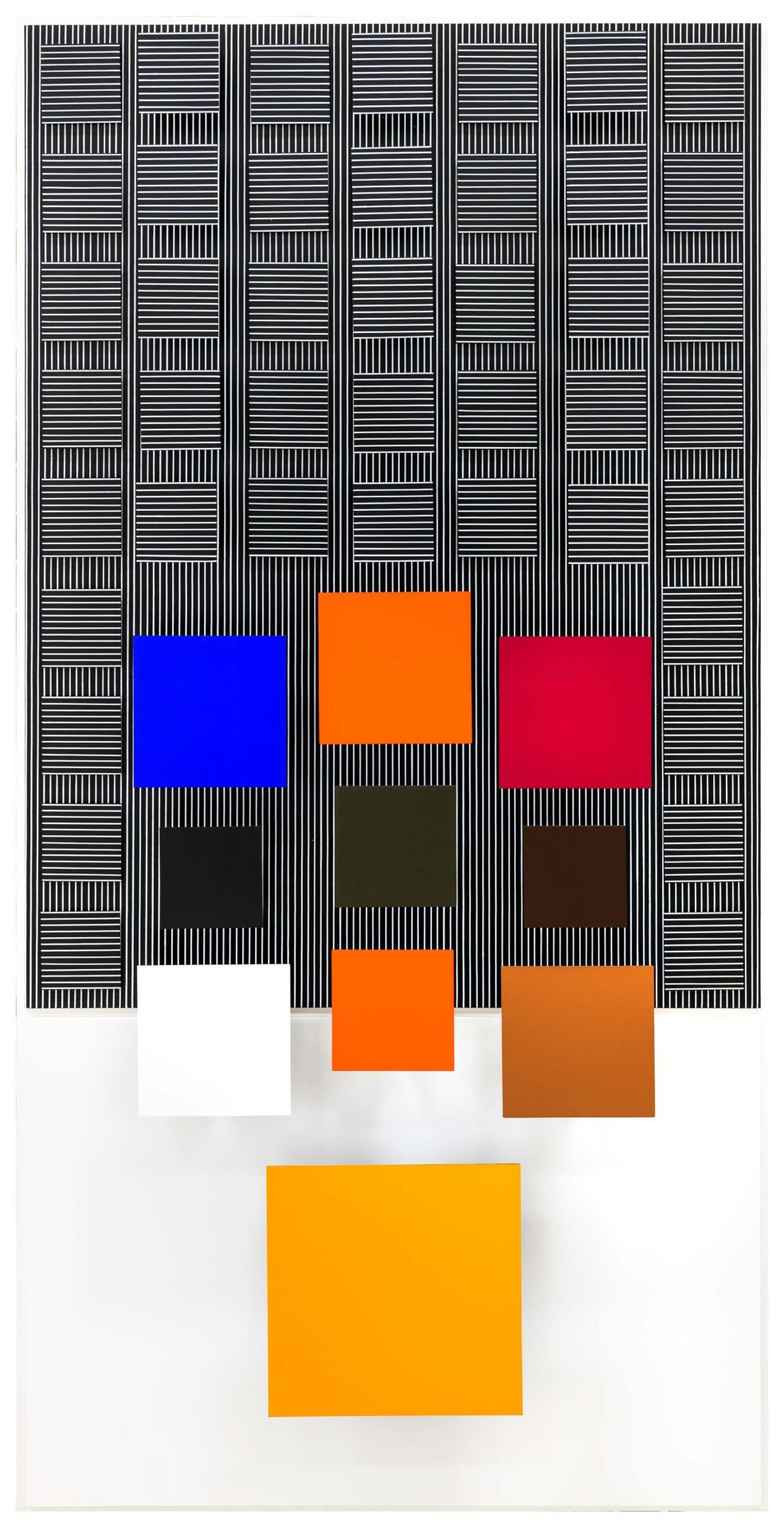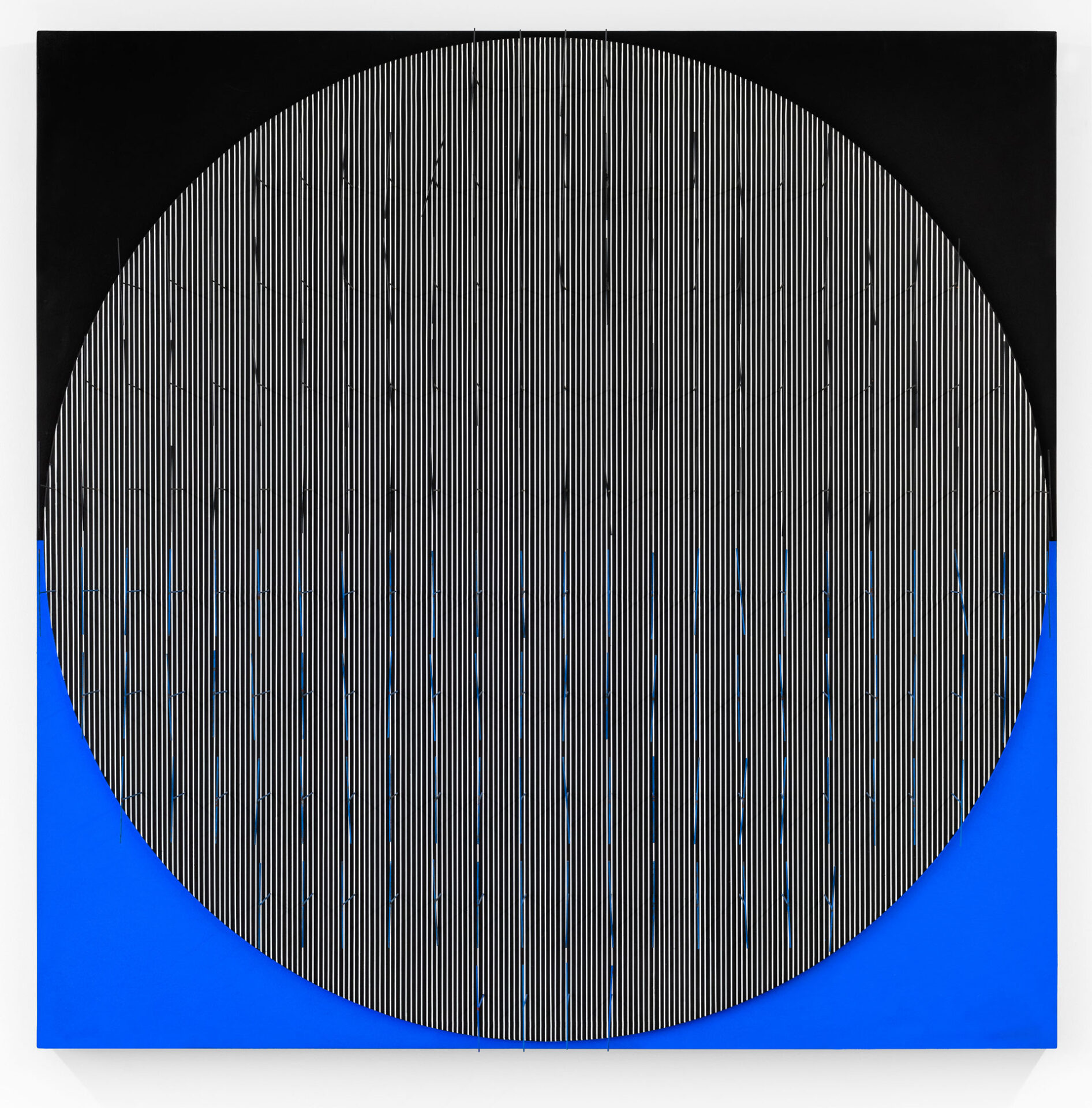Jesús Rafael Soto, one of the leading representatives of kinetic art, tried to go beyond two-dimensional representation of geometric forms in his works, with the clear intention of introducing movement.
Soto studied at the School of Fine Arts in Caracas, where from the very beginning he showed interest in European art and especially in artists such as Picasso and Cézanne, in whom he recognised an innovative and revolutionary spirit in terms of their artistic approaches.
This attraction to European avant-garde movements was what led him to settle in Paris in 1950, where he joined the Los Disidentes group, made up of Venezuelan artists in the diaspora who aimed to revitalise the art scene in their country. In Paris he came into contact with the work of artists such as Kazimir Malevich, László Moholy-Nagy and Marcel Duchamp, who were to have such an influence on his work. Indeed, he took part with Duchamp in the exhibition Le Mouvement, held in 1955 at the Galerie Denise René in Paris, which launched this whole group of artists who were to be included under the heading of kinetic art.
Soto attached great importance to the participation of the viewer in his work. As he himself stated: “The spectator used to be situated as a witness outside reality. Nowadays we know that man is not on one side and the world on the other. We are not mere observers, but constituent parts of a reality that we know is tingling with living forces, many of which are invisible. We are in the world like fish in water: without distance from matter-energy; within it and not in front of it: there are no more spectators, there are only participants.”1
This idea led him in late 1960s to create the works known as Penetrables, installations that the viewer could enter and become part of. Many of these works were installed in public spaces, such as the Muro cinético (1969), presented at the UNESCO building in Paris, and Sphère Lutétia (1996), shown in the same city three decades later.
The Hortensia Herrero collection contains three works by Soto, including, specifically, a maquette of the Lutetia Sphere installation. It also includes Tes negras y azules sobre círculo (1975), in which we can see some rods that he calls “Ts” (small T-shaped pieces of metal) which appear and disappear according to the movement of the viewer. This latter work belonged to the private collection of the gallerist Denise René, and after her death it was acquired by Hortensia Herrero at that gallery.

